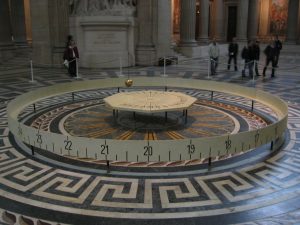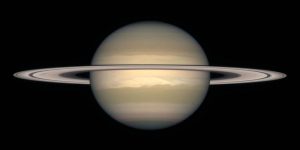
What is the evidence that early astronomers used to show that the Earth is turning on its axis (or was it a growing understanding)?
That’s a great question!
Some of the early Greeks proposed that the Earth rotated on its axis to explain the apparent daily motions of the Sun and other stars in the sky. However, this idea was dismissed, and Aristotle’s view that the Sun, stars, and planets orbit around a stationary Earth became the accepted view for almost two thousand years.
The idea that the Earth is rotating was not given serious thought until the 16th century when Polish astronomer Nicolaus Copernicus proposed that the Earth goes around the Sun. Once Copernicus’ idea was accepted, a rotating Earth was the only way to explain why there is day and night. However, scientists like to gather as much empirical support for an idea as possible, so physicists came up with other ways to show that the Earth is rotating.
A century after Copernicus, English physicist Isaac Newton predicted that, if the Earth is rotating, it should be slightly squashed at its poles and slightly bulged at its equator. Evidence for this was found in the 18th century.

Another simple test for Earth’s rotation came from what’s called a Foucault’s pendulum, named after 19th century French physicist, Leon Foucault. A pendulum consists of a string or stick with a weight suspended at the end of it that is allowed to swing freely. A grandfather clock is an example of an everyday object that uses a pendulum. Foucault’s original pendulum consisted of a metal sphere at the end of a long wire suspended from the top of the Pantheon in Paris. If the Earth is rotating, then instead of swinging perfectly back and forth, the pendulum’s plane of oscillation should rotate a little bit with the Earth’s rotation. That’s exactly what Foucault’s pendulum demonstrates: Foucault’s pendulum animation.
Dr. Sarah Salviander
UT Austin
